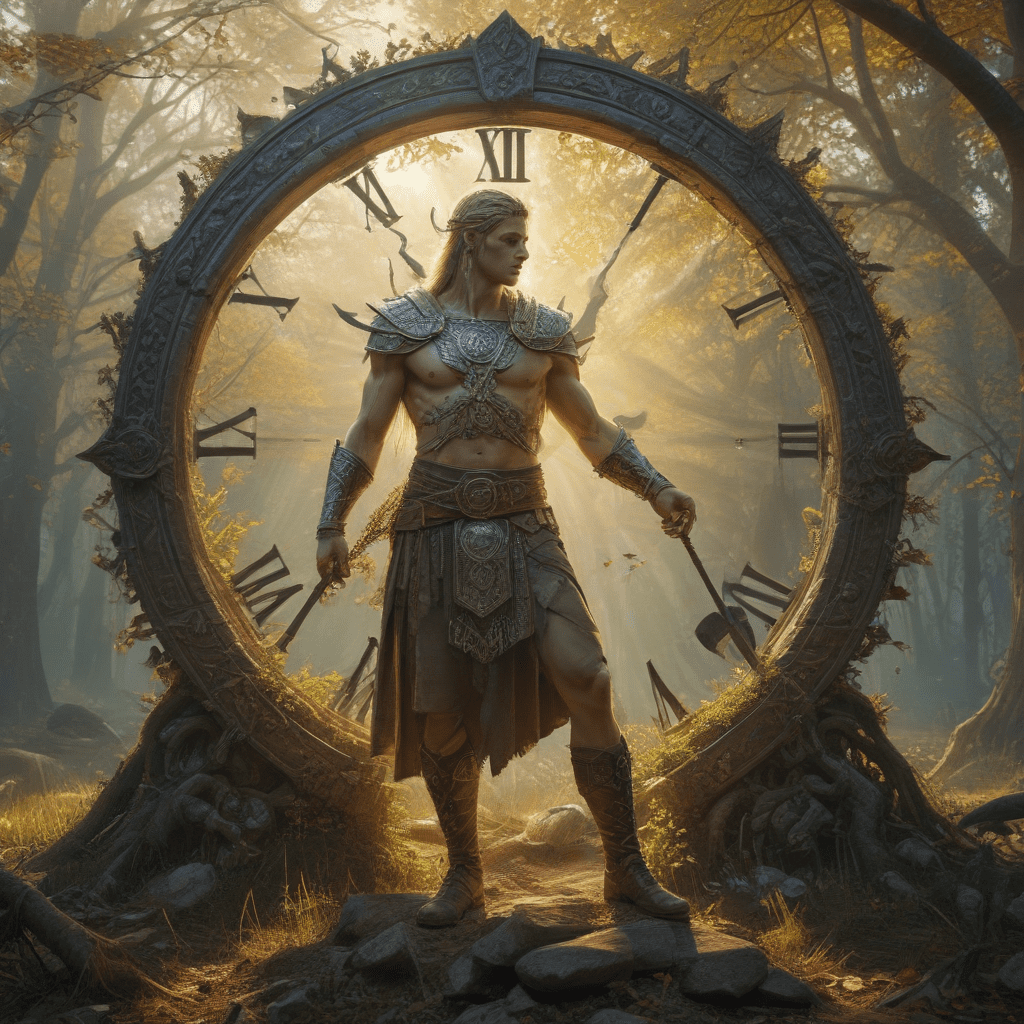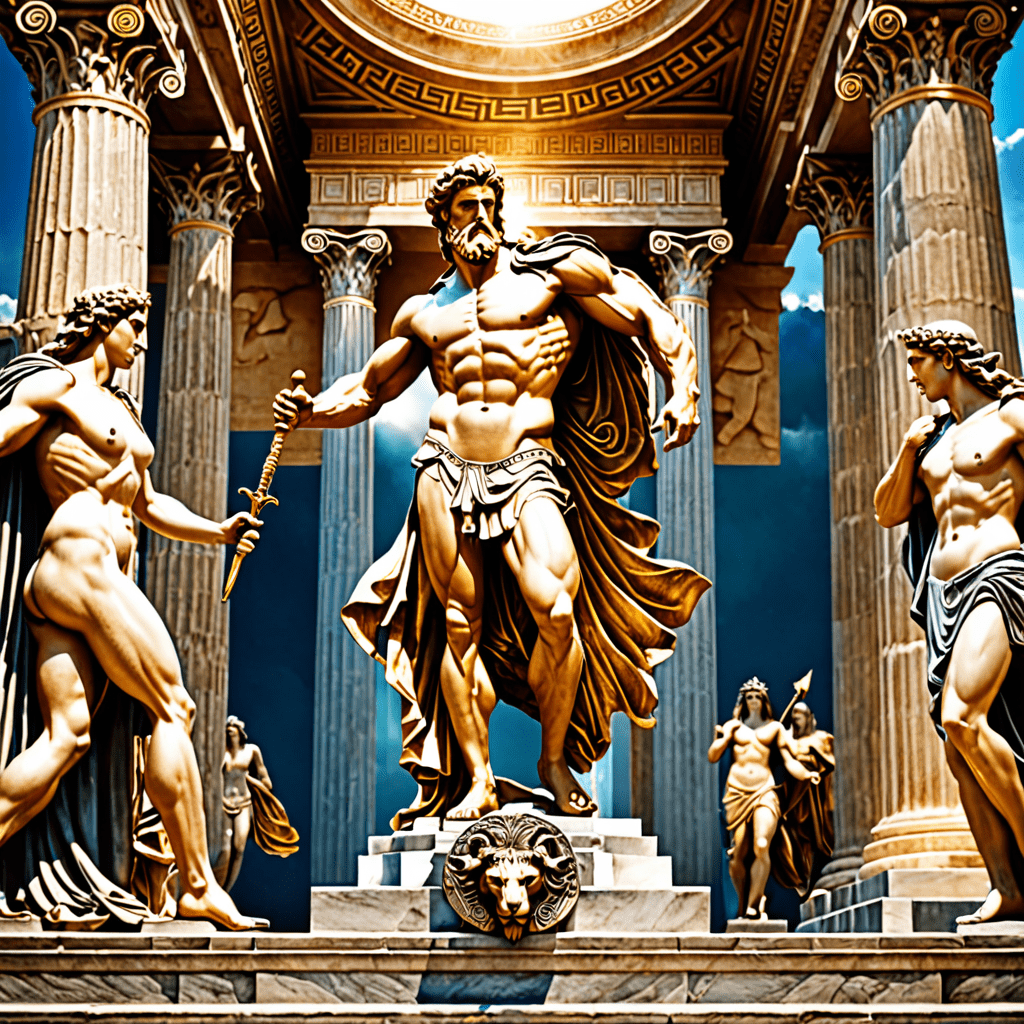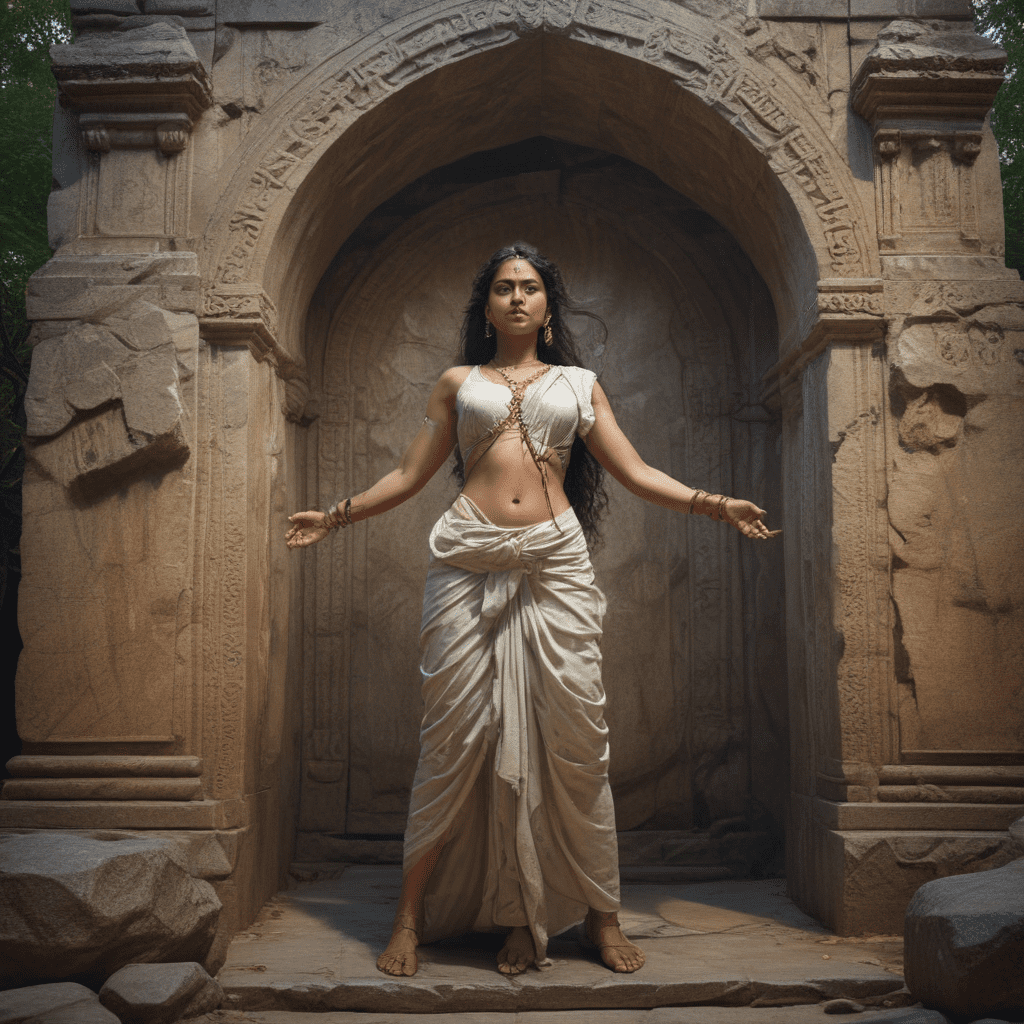Slavic Mythology: The Concept of Time and Seasons
I. Introduction:
Slavic mythology is a rich and complex system of beliefs that has been passed down through generations. Time and seasons play a central role in this mythology, as they are seen as integral aspects of the natural world and the human experience.
II. The Cyclical Nature of Time:
In Slavic mythology, time is not linear but rather cyclical. The year is divided into a series of seasons, each with its own unique characteristics and associations. This cycle is known as the "Kolo," and it is seen as a reflection of the natural order of things. The seasons mark the passage of time and the changing of the landscape, and they are associated with different deities and beings.
III. Seasonal Deities and Beings:
Each season in Slavic mythology is associated with a particular deity or being. Zorya is the goddess of dawn, and she is often depicted as a beautiful young woman with long, flowing hair. Vesna is the goddess of spring, and she is associated with rebirth and new beginnings. Kostroma is the goddess of summer, and she is often depicted as a young woman wearing a wreath of flowers. Morana is the goddess of winter, and she is often depicted as an old woman with a white face and long, flowing hair.
IV. Rituals and Celebrations:
The Slavs celebrated the changing of the seasons with a variety of rituals and festivals. Maslenitsa, or Farewell to Winter, was a festival held at the end of winter to celebrate the coming of spring. Komoyeditsa, or Feeding the Bear, was a festival held in the spring to encourage the bears to come out of hibernation. Kupala, or Summer Solstice, was a festival held on the longest day of the year to celebrate the sun and the earth.
V. The Calendar and Time-Keeping:
The Slavs had their own unique calendar system that was based on the solar year. The year was divided into 12 months, each of which was associated with a particular season or agricultural activity. The Slavs also used astronomy to track the passage of time, and they were able to predict the solstices and equinoxes with great accuracy.
VI. Time and the Underworld:
In Slavic mythology, time is closely associated with the underworld, known as Nav. Nav is a realm of darkness and mystery, and it is where the dead reside. The boundary between Nav and the world of the living is often blurred, and there are many stories of people who have traveled to Nav and returned. The time spent in Nav is often seen as a time of transformation and renewal, and it is believed that those who return from Nav are often changed in some way.
VII. Time and Destiny:
The Slavs believed that time and destiny were closely intertwined. They believed that each person's life was predetermined, and that there was little that they could do to change their fate. This belief was often expressed in the phrase "sudba," which means "fate." However, the Slavs also believed that there were certain things that they could do to influence their destiny, such as performing rituals and making offerings to the gods.
VIII. Time and Transformation:
The changing of the seasons was seen as a metaphor for the cycle of life and death. Spring represented rebirth and new beginnings, while winter represented death and decay. The Slavs believed that each person would experience many deaths and rebirths throughout their lifetime, and that each death was an opportunity for transformation. This belief was often expressed in the phrase "umri, umri, da zhiv budesh," which means "die, die, so that you may live."
IX. Modern Interpretations:
Slavic mythology continues to influence contemporary Slavic culture. Many of the old rituals and festivals are still celebrated today, and many of the old beliefs are still held by people who live in Slavic countries. In recent years, there has been a revival of interest in Slavic paganism, and many people are now seeking to reconnect with their ancient roots.
X. Conclusion:
Slavic mythology is a rich and complex system of beliefs that has been passed down through generations. Time and seasons play a central role in this mythology, as they are seen as integral aspects of the natural world and the human experience. The Slavs believed that time was cyclical, and that each season was associated with a particular deity or being. They also believed that time was closely associated with the underworld, and that the changing of the seasons was a metaphor for the cycle of life and death. Slavic mythology continues to influence contemporary Slavic culture, and many of the old rituals and festivals are still celebrated today.
FAQs:
- What is the Slavic concept of time?
- The Slavs believed that time was cyclical, and that each season was associated with a particular deity or being.
- What is Nav?
- Nav is the Slavic underworld, a realm of darkness and mystery where the dead reside.
- What is the role of fate in Slavic mythology?
- The Slavs believed that each person's life was predetermined, and that there was little that they could do to change their fate.
- How does Slavic mythology view death?
- The Slavs believed that death was a natural part of the cycle of life, and that each person would experience many deaths and rebirths throughout their lifetime.
- What is the significance of the seasons in Slavic mythology?
- The changing of the seasons was seen as a metaphor for the cycle of life and death. Spring represented rebirth and new beginnings, while winter represented death and decay.


